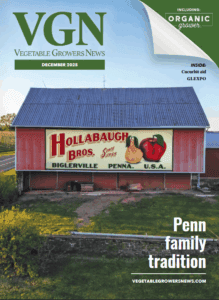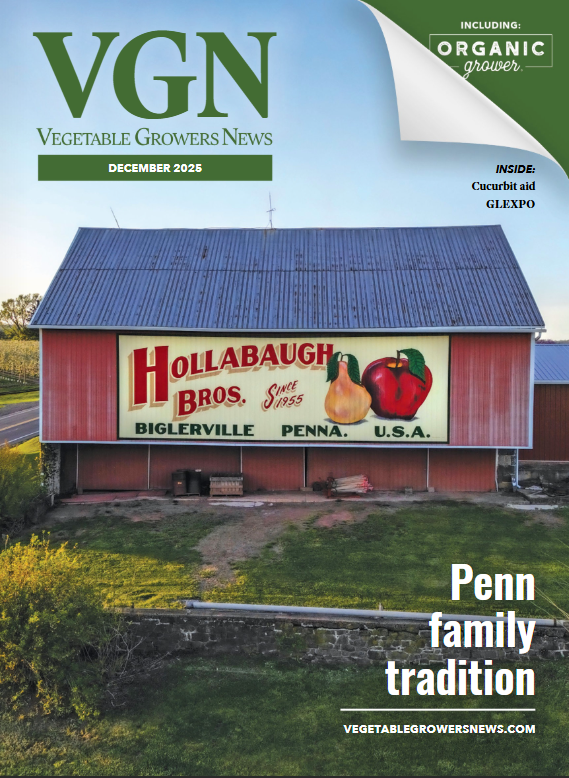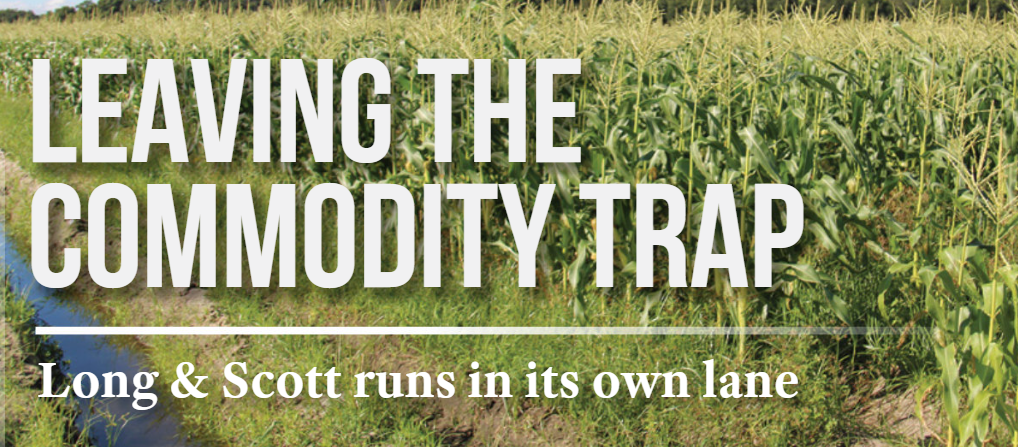
Mar 3, 2023Long & Scott Farms adapts with sweet corn field management and diversification
Longtime central Florida grower Long & Scott Farms survives and remains competitive by adapting to change and diversifying crops and business ventures. By altering how it grows and market crops, carefully managing inputs, and expanding into agritainment, the Mount Dora farm remains the last sweet corn grower in the once-prosperous Zellwood, Florida region. Its story highlights how innovative sweet corn field management sustains a legacy crop while supporting profitability.
Shifting away from the commodity trap
Instead of competing in commodity markets, Long & Scott cut production from 700 acres to 30 acres and focused on a gourmet triple-sweet variety. These tender varieties deliver sweeter corn and better eating qualities, though they are more challenging to grow and yield less.
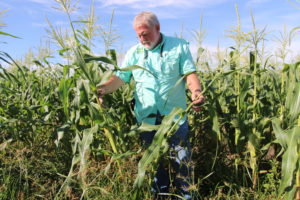
Hank Scott, president, said the farm set stable prices to maintain profitability, charges $0.50 an ear for consumers and $0.30 wholesale.
“We wanted to keep the Zellwood sweet corn name alive,” Scott said. “We have to change the way we did some things, trying to diversify and bring more income in. Instead of putting our corn in a crate and matching the commodity guys, we went along with a corn maze and a farmers market and started bagging a half-dozen and two-dozen ears.”
The farm started a farmers market in 1998 and entered agritainment in 2000. The fall festival now attracts 35,000 visitors and features a corn maze, zip line, catch-and-release fishing, and family activities.
Smart input and soil health
To reduce costs and strength soils, Long & Scott relies on technology. Soil sampling before planting ensures precise fertilization. The farm spreads wood fines to return organic material and reduce synthetic fertilizer use.
“We’re trying to build and put more organic matter back into our soils,” Scott explained. “We try to avoid using too much fertilizer to keep our ground as healthy as possible. We’re also trying to change our growing techniques to get the best yields. That the only way we can survive.”
The farm also practices integrated pest management, controlling earworms and pickleworms with neem oil and XenTari instead of harsher chemical. Biotreatments supplement these efforts.
Cover cropping and weed control
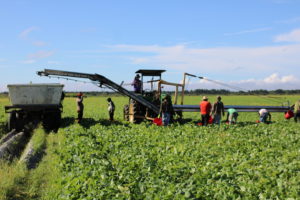
Long & Scott expanded cover cropping from summer into winter to suppress weeds and enhance soil health. Previously planting sorghum, the farm now uses mixes of daikon radish and sunflowers. These mixes also help reduce pests.
These steps form part of the farm’s overall sweet corn field management, combining soil health practices, pest control, and crop diversification to extend sustainability.
Exploring auotmation for the future
Long & Scott experiments with automation to reduce labor costs. The farm tested mechanical cabbage harvesting, a new practice in the Zellwood area. Scott said automation could improve profitability but noted the high upfront costs.
“The problem is there’s not enough profit in farming to make those changes,” Scott said. “Getting into robotics — robotic weeder, mechanical harvesting — takes a lot of machinery on the other end to clean up the crop and get it ready for packing.”
Generations of family farming
In 1952, Billy Long, a childhood friend of Frank “Sonny” Scott, began growing sweet corn in Zellwood. Encouraged by Long, Frank relocated the Scott family’s vegetable farm from Virginia’s Eastern Shore to Florida in 1963. Hank Scott, Frank’s son, now leads the farm, with his son, Sonny Frank, managing daily operations.
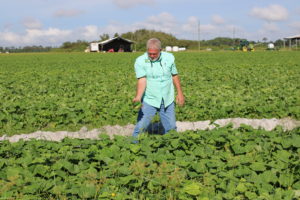
Scott said growing in Florida sand takes experience and persistence. But despite the challenges, the family’s determination and willingness to adapt have kept the farm alive.
“Farming gets in your blood,” he said. “I enjoy being out in the open. There’s joy in it, but you have to keep finding ways to push and make it. You change where you have to change, adapt and become more proficient.”
Sustaining Zellwood sweet corn
Long & Scott Farms continues to innovate, diversify, and practice careful sweet corn field management to remain the last producer of Zellwood sweet corn. By balancing profitability with soil health, pest management, and agritainment ventures, the farm sustains its heritage and guarantees its future.
survives and remains competitive by adapting to changes and diversifying its business and crops.
— Doug Ohlemeier, assistant editor














